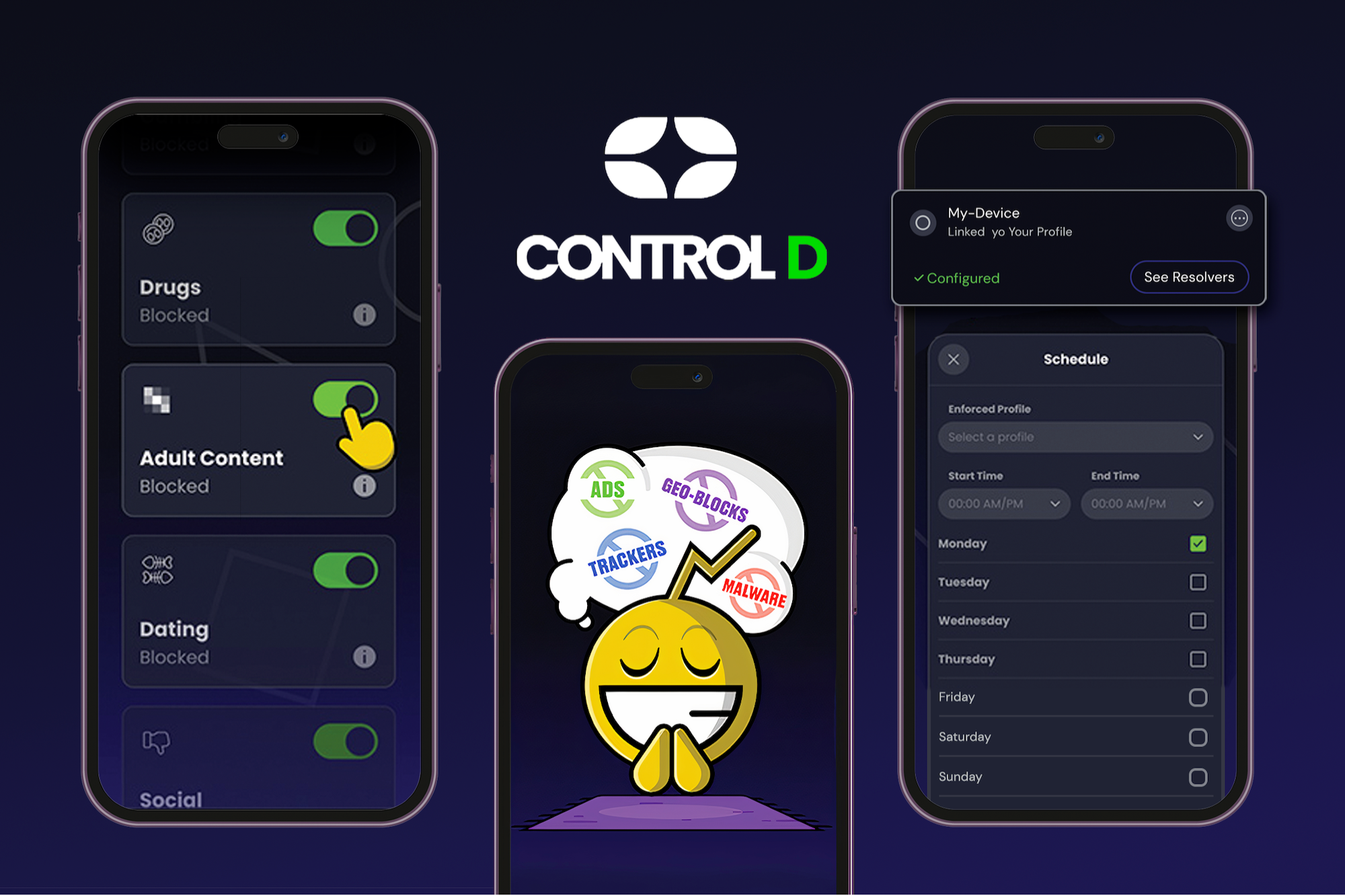AFFILIATE MARKETING
This Is Why Teenagers Are the Affiliate-Marketing Experts

Opinions expressed by Entrepreneur contributors are their own.
Affiliate marketing was once an exclusive opportunity for celebrities and big-scale influencers. Today, it seems as if everyone has affiliate links. Sometimes affiliate marketing is done so skillfully that we don’t even realize we’re clicking an affiliate link. On average, the annual passive income of affiliate marketers is $51,217.
What is affiliate marketing?
Affiliate marketing is ultimately a form of passive income. It’s a process wherein a person earns commission by marketing products that belong to another company or person. The person must first become an affiliate of the company, and this is typically done by searching for products he or she enjoys, signing up for the company’s affiliate program, then advertising the product and encouraging people to use his or her link. When someone clicks the link and makes a purchase, the affiliate gets a cut of that sale.
What’s unique is that anyone can do affiliate marketing — there’s no age requirement. While some companies may require their affiliates be over 18 or over 21, many do not. Likewise, while every state and country has regulations in place for minimum employee ages, these do not apply to affiliate marketing. Unlike a typical job where you legally become an employee, affiliate marketing is considered a hobby — meaning the same requirements do not apply.
Related: 3 Tips to Get Started with Affiliate Marketing
What makes teens so successful
Some might argue that teens are better at affiliate marketing than their adult counterparts. They have a leg up over the competition, and here’s why.
Teens are at the forefront of technology
As we continue to progress, young people are always the first to learn and embrace new technology. For older millennials, it was computers and the internet. For teens today, it’s groundbreaking apps, video and new ways of communicating. Today’s teens have never known a world without the internet and computers. Since they grew up with it, they’re more adept at creating their websites and profiles on all the latest apps. These places just happen to be some of the best places to market your affiliate links.
Teens are in-tune with the latest trends
“Cool” will always be in style, no matter what is deemed cool nowadays. Teens are often the ones creating what is seen as cool in popular culture, so they know what is trending better than any adult. By incorporating the most recent trends in their affiliate marketing, they set the products they’re advertising apart from the rest. They are able to make their products seem more desirable. Teens and affiliate marketing naturally go hand-in-hand.
Related: During Covid, Affiliate Marketing Is Emerging as a Cost-effective Channel for Brands
Teens know how to communicate
Since teens know to use the latest apps and include the most recent trends, they also have a unique way of communicating. They can reach other people their age by speaking the same language. In a world where anyone can go viral on TikTok, teens are predisposed to present their ideas in a way that is well-accepted on these new social-media apps. By using this commonality, people are more likely to buy into what they’re selling.
Teens have more flexible time
One of the best things about affiliate marketing is that it’s incredibly flexible — you can do it from anywhere, anytime. However, many adults are confined to a strict work schedule, with additional responsibilities in their free time. Teens do not yet have these societal expectations. They have more flexible time to build a business than anyone else.
Teens have more time to build
There’s no way around it — the sooner you get started with affiliate marketing, the sooner you’ll see big returns. Since so many teens are getting started with affiliate marketing early on, they will inevitably have stronger systems in place to out-earn latecomers. They’ll also have additional income from affiliate marketing to put into other ventures, further building their wealth for the future.
Related: Pick a Marketing Model That Lets You Pay for Results, Not Potential
Ready to make money online? People everywhere are already doing it — building sales funnels and earning thousands on the side. The bottom 10% of affiliate marketers make $37,000 per year while the top 10% of them earn over $70,000. With affiliate marketing, there’s very little cost to get started, so what’s stopping you?
Source link
AFFILIATE MARKETING
How to Control the Way People Think About You
Opinions expressed by Entrepreneur contributors are their own.
In today’s digital age, where personal branding and public perception play a vital role in success, strategic PR efforts have become more important than ever. Ulyses Osuna, the founder of Influencer Press, joined our show to share valuable insights on the significance of PR, the evolving landscape, and the keys to achieving business growth while maintaining a fulfilling personal life.
One of the key takeaways from the conversation was the importance of strategic PR efforts in building a personal brand and shaping public perception. Ulyses emphasized that PR is not just about getting media coverage; it’s about controlling the narrative and shaping how others perceive you. By strategically positioning yourself and your brand through effective PR, you can influence public opinion and establish yourself as an authority in your field. Another crucial aspect discussed was the power of leveraging relationships and connections.
Ulyses highlighted the “Buglight Concept,” which involves utilizing the support and connections of others to achieve success. By building strong relationships and leveraging the networks of influential individuals, you can significantly expand your reach and influence. Ulyses’s own success with Influencer Press is a testament to the power of connections in the PR world. While professional success is undoubtedly important, Ulyses also stressed the significance of balancing personal time and fulfillment. In the pursuit of business growth, it’s easy to neglect personal well-being and relationships. However, Ulyses emphasized that true success lies in finding a balance between professional achievements and personal happiness.
By prioritizing personal time and fulfillment, entrepreneurs can sustain long-term growth and avoid burnout. In the ever-evolving landscape of PR, Ulyses highlighted the need for a clear mission when seeking press coverage. He emphasized the importance of aligning your brand with a cause or purpose that resonates with your target audience. By having a clear mission and purpose, you can attract media attention that aligns with your values and goals, ultimately enhancing your brand’s reputation and reach. Additionally, Ulyses discussed the importance of pricing services correctly and finding the right balance between personal involvement and business scalability.
The conversation also touched upon the dynamics of client relationships and the impact of showcasing external support. Ulyses emphasized the value of building strong relationships with clients and going above and beyond to exceed their expectations. Furthermore, he highlighted the importance of showcasing external support, such as media coverage or endorsements, to establish credibility and attract new clients. Ulyses’s own podcast, The Blacklist, where he shares insights and interviews successful entrepreneurs, was also discussed. He explained that launching the podcast was a way to give back to the entrepreneurial community and share valuable knowledge.
By continuously learning from others and implementing breakthrough ideas, Ulyses emphasized the importance of immediate action and continuous improvement for business growth. In conclusion, strategic PR efforts are essential for building a strong personal brand and controlling the narrative in today’s digital age. By leveraging relationships, finding a balance between personal and professional life, and having a clear mission, entrepreneurs can shape public perception, expand their reach, and achieve long-term success. Ulyses Osuna’s insights serve as a valuable guide for those looking to navigate the ever-changing landscape of PR and personal branding.
About The Jeff Fenster Show
Serial entrepreneur Jeff Fenster embarks on an extraordinary journey every week, delving into the stories of exceptional individuals who have defied the norms and blazed their own trails to achieve extraordinary success.
Subscribe to The Jeff Fenster Show: Entrepreneur | Apple | Spotify | Google | Pandora
AFFILIATE MARKETING
Set Your Team up for Success and Let Them Browse the Internet Faster

Disclosure: Our goal is to feature products and services that we think you’ll find interesting and useful. If you purchase them, Entrepreneur may get a small share of the revenue from the sale from our commerce partners.
According to TeamStage, 31 percent of employees waste about a half hour each day, and the top 10 percent of them can waste as much as three hours in a day. Part of that might be attitude, but the other part might be hangups caused by internet speed and advertisements. To nip that lost time in the bud, consider equipping yourself or your team with a tool to help stay on task.
From April 15 through 21, this five-year subscription to Control D Some Control Plan is on sale for just $34.97 (reg. $120). This is the best price for this deal online. This tool is designed to help users browse and use the internet faster while also blocking ads.
Control D is described as a “one-touch solution” for taking control over the productivity of your computer and internet usage. The deal supports use for up to ten devices, and it empowers each user to block advertisements, enjoy faster browsing, and set internet safety rules and restrictions for kids.
Control D’s bandwidth is substantial. It can accommodate up to 10,000 custom rules, block more than 300 servers, support multiple profiles, and unlimited usage. This robust and well-designed tool is a reliable option for any business leader who wants to liberate themselves or team members from distractions online.
Control D is rated a perfect 5/5 stars on Product Hunt.
Remember that from April 15 through 21, this 5-year subscription to Control D Some Control Plan is on sale for just $34.97 (reg. $120)—the best price on the web.
StackSocial prices subject to change.
AFFILIATE MARKETING
Grab Microsoft Project Professional 2021 for $20 During This Flash Sale

Disclosure: Our goal is to feature products and services that we think you’ll find interesting and useful. If you purchase them, Entrepreneur may get a small share of the revenue from the sale from our commerce partners.
If you’re in charge of a business and you don’t have a clear understanding of how to approach projects in an organized and effective manner, that’s a problem. Like many leaders before you, consider leaning on software that’s designed to streamline the project workflow for companies representing a wide range of industries.
A rate that will only be available from April 19 through 22, you can get Microsoft Professional 2021 for just $19.97 (reg. $249).
This well-reviewed software comes with a range of pre-built templates that you can use to set your project off on the right foot. It supports a number of helpful functions like building complex schedules with varying timelines, auto-populating those schedules in instances where it can, and submitting timesheets that can be distinguished by project work and non-project work.
Some additional features of Microsoft Project Professional that can help entrepreneurs and their teams include what-if scenario generation capabilities. Microsoft Project Professional also allows you to sync projects on your local server with those online, which is massively helpful for remote teams.
Its comprehensive and well-curated offerings are part of why Project Professional is rated an average of 4.7/5 stars on the Entrepreneur Store.
Don’t miss this limited-time opportunity to make a worthwhile investment in your business for the price of a beer at the ball game.
A price that will only last from April 19 through 22, you can get Microsoft Professional 2021 for just $19.97 (reg. $249).
StackSocial prices subject to change.
-

 PPC4 days ago
PPC4 days ago19 Best SEO Tools in 2024 (For Every Use Case)
-

 MARKETING7 days ago
MARKETING7 days agoWill Google Buy HubSpot? | Content Marketing Institute
-
SEARCHENGINES7 days ago
Daily Search Forum Recap: April 16, 2024
-

 SEO7 days ago
SEO7 days agoGoogle Clarifies Vacation Rental Structured Data
-

 MARKETING6 days ago
MARKETING6 days agoStreamlining Processes for Increased Efficiency and Results
-
SEARCHENGINES6 days ago
Daily Search Forum Recap: April 17, 2024
-

 SEO6 days ago
SEO6 days agoAn In-Depth Guide And Best Practices For Mobile SEO
-

 PPC6 days ago
PPC6 days ago97 Marvelous May Content Ideas for Blog Posts, Videos, & More













You must be logged in to post a comment Login